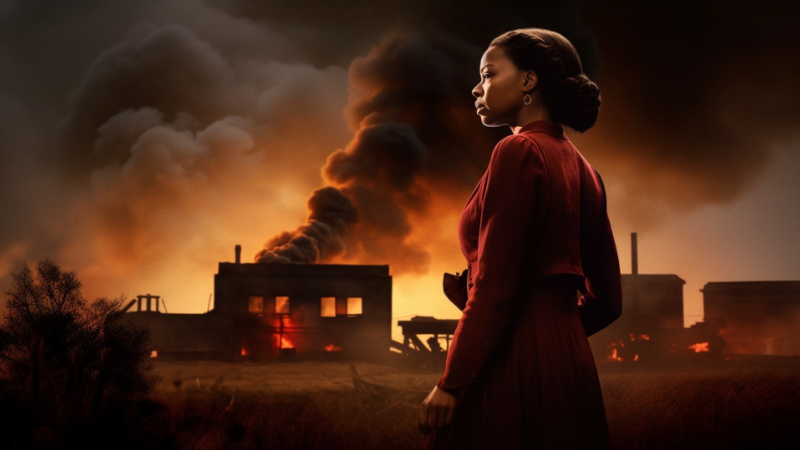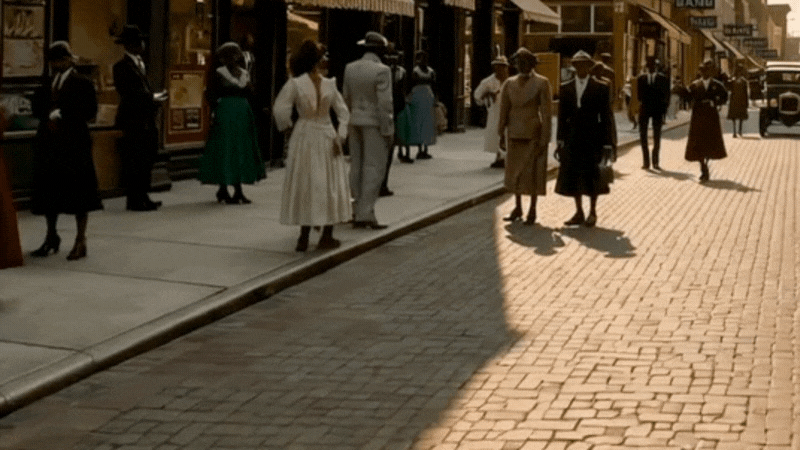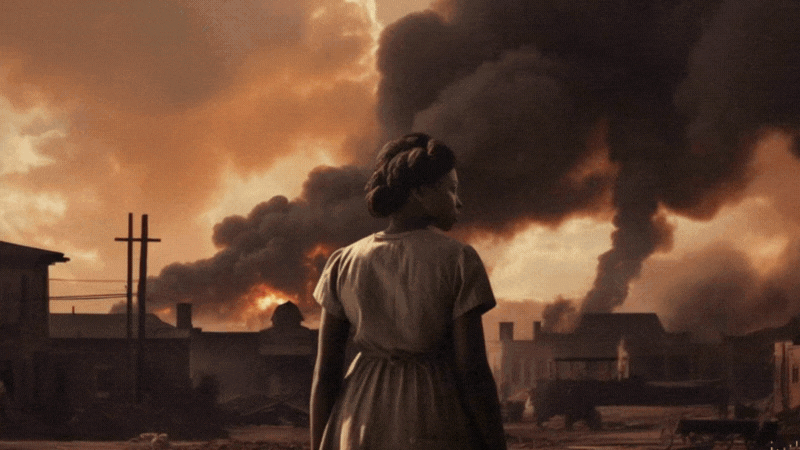Your cart is currently empty!
Black Wall Street: The Tulsa Massacre

A Story America Must Remember
In the early 20th century, Tulsa, Oklahoma was home to a thriving African American community known as Greenwood, often referred to as “Black Wall Street” for its prosperity, innovation, and economic power.
But on May 31 and June 1, 1921, this community was destroyed in one of the worst acts of racial violence in American history. A violent white mob, fueled by hatred, jealousy, and misinformation, descended upon Greenwood, burning businesses, homes, churches, and hospitals to the ground.

What Sparked the Massacre?
The violence was triggered by a sensationalized and unfounded accusation against a young Black man named Dick Rowland. A misunderstanding in an elevator between Rowland and a white elevator operator led to his arrest, and the rumor mill ignited an already volatile atmosphere of racism and resentment.
Despite Rowland being cleared of any wrongdoing, the mob’s rage could not be quelled. Over two days, an estimated 35 square blocks of Greenwood were destroyed. Historians estimate that up to 300 Black residents were killed, thousands were left homeless, and the economic heart of the community was crushed.

The Aftermath and Erasure
For decades, the Tulsa Massacre was buried under silence. Survivors were left to rebuild without insurance payouts, government support, or national acknowledgment. Many families carried the trauma of that night across generations, while the broader American public remained largely unaware.
Only recently has the truth been more widely recognized, with efforts to honor the victims, educate the public, and pursue justice for descendants.
Why It Matters Today
Remembering the Tulsa Massacre is not about dwelling in sorrow, but about facing the truth to build a better future. Greenwood’s story is one of resilience, brilliance, and the power of community. It stands as a solemn reminder of what racial hatred can destroy and a beacon urging us to uphold justice, dignity, and human rights for all.
Leave a Reply